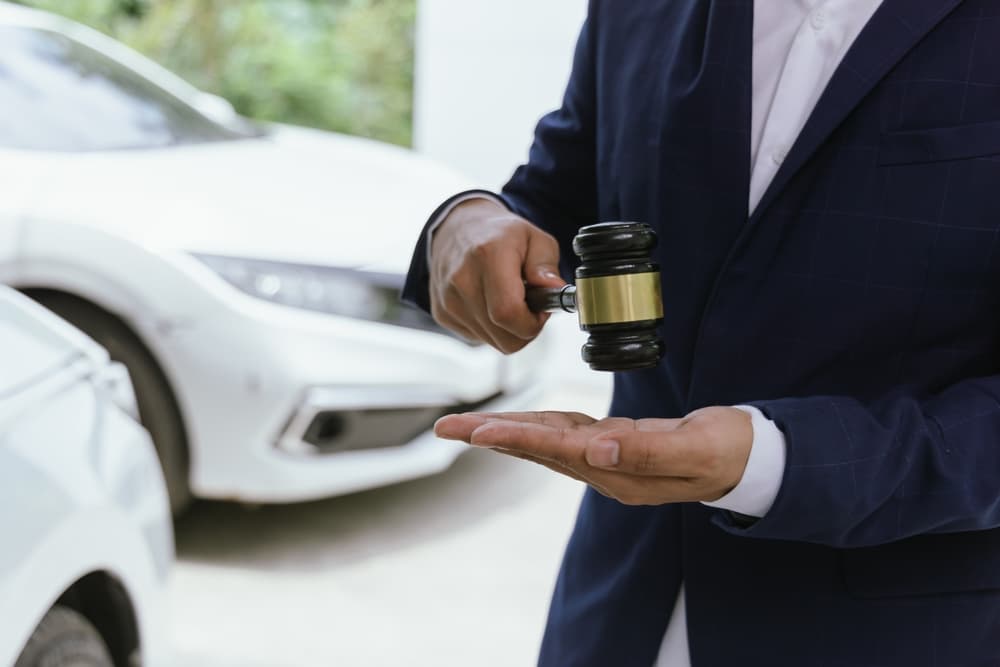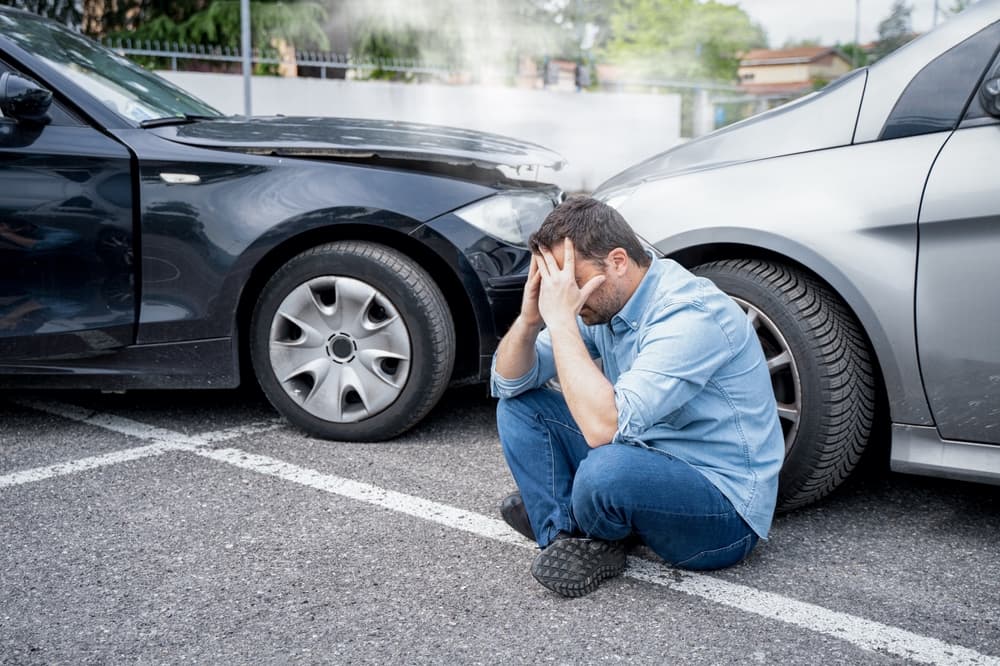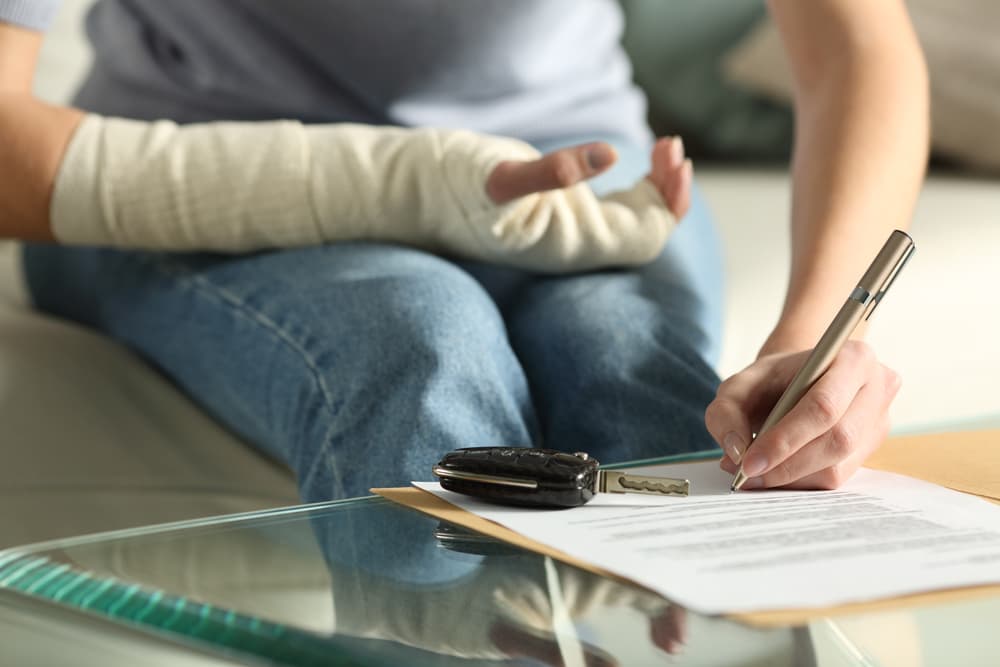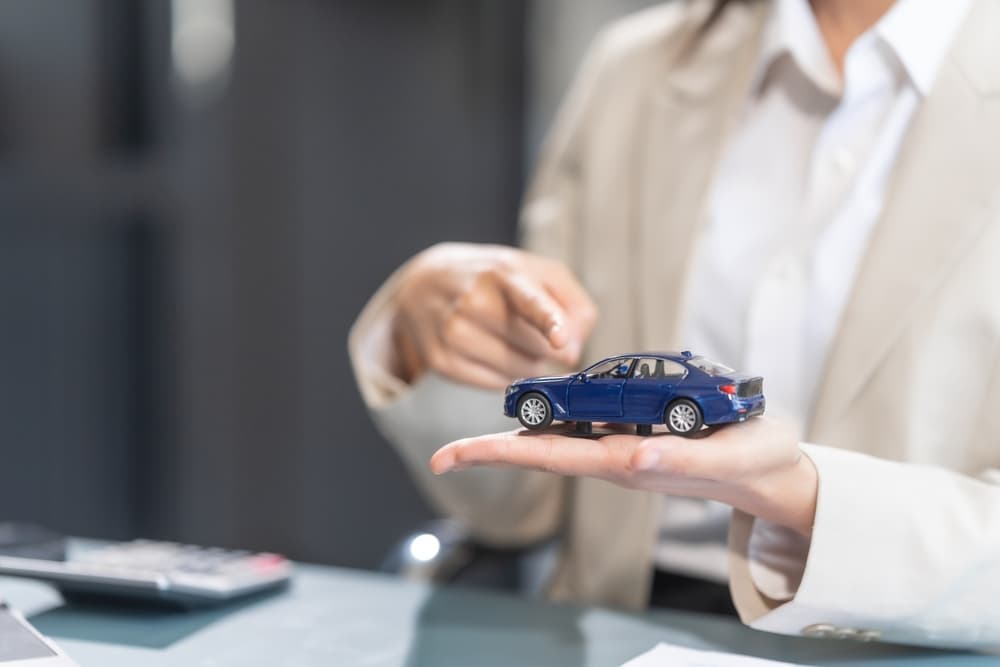Car accidents snarl into complex situations, especially when finger-pointing for damages starts. Who is responsible for the damages and injuries that result from a collision?
Is it the car owner, the driver, or a combination of both? Navigating the nuances of liability in car accidents is crucial for protecting your rights and ensuring you receive the compensation you deserve.
In this comprehensive article, we will explore the intricacies of car accident liability and the roles and responsibilities of both car owners and drivers.
If you or a loved one has injured in an accident, it is essential to seek legal help as soon as possible. An experienced Vero Beach car accident attorney can guide you through the legal process and help you recover the compensation you deserve.
We'll examine the key factors that influence liability, the documentation and evidence needed to determine it, and the common scenarios that can arise.
Schedule A Consultation Today!
Car Owner's Liability in Accidents

As a car owner, you may be held liable for vehicle accidents, even if you were not the one driving at the time of the incident. This is known as "vicarious liability" or "owner liability."
The legal principle behind this is the belief that car owners have a duty to ensure their vehicles are safe and properly maintained, and that they exercise reasonable care in entrusting their vehicles to others.
Several factors can contribute to a car owner's liability, including:
- Failure to properly maintain the vehicle, leading to mechanical issues that cause an accident
- Allowing an unlicensed, incompetent, or intoxicated driver to operate the vehicle
- Knowingly allowing a driver with a history of reckless or unsafe driving to use the vehicle
- Failing to address known safety concerns or defects in the vehicle
In these situations, you can hold the car owner financially responsible for any damages or injuries resulting from the accident, even if they were not immediately physically present.
Driver's Liability in Accidents
The vehicle driver in an accident is typically the primary party responsible for liability. Drivers have a duty to operate their vehicles in a safe and responsible manner, obeying all traffic laws and regulations.
If a driver's negligence or reckless behavior leads to an accident, you can hold them liable for damages and injuries they cause.
Some common examples of driver negligence that can result in liability include:
- Speeding or driving too fast for the current road conditions
- Distracted driving, such as using a cell phone, eating, or adjusting the radio
- Driving under the influence of alcohol or drugs
- Failing to yield the right-of-way or disregarding traffic signals and signs
- Engaging in aggressive or unsafe driving maneuvers
In these cases, the driver may be held financially responsible for the accident, regardless of whether they were the car's owner or not.
Factors That Determine Liability
Determining liability in a car accident is not always a straightforward process. Several factors come into play, and the specific circumstances of the incident can significantly impact the final determination of responsibility.
Some of the key factors that can influence liability include:
- Negligence: As mentioned earlier, the degree of negligence exhibited by the driver or car owner is a critical factor in assessing liability.
- Causation: Establishing a clear causal link between the driver's or car owner's actions (or inactions) and the resulting accident is essential.
- Comparative Fault: In some cases, both the driver and the car owner may share a portion of the liability, based on their respective contributions to the accident.
- State Laws: Liability laws can vary significantly from state to state, so it's important to understand the specific legal framework in the jurisdiction where the accident occurred.
- Insurance Coverage: The type and extent of insurance coverage held by the driver and/or car owner can also play a role in determining liability and the compensation available.
Documentation and Evidence to Determine Liability
To accurately determine liability in a car accident, gather and preserve as much documentation and evidence as possible. This can include:

- Police reports and accident reports
- Witness statements
- Photographs of the accident scene, vehicle damage, and any injuries
- Repair estimates and invoices
- Medical records and bills related to any injuries
- Driving records and history of the driver involved
- Maintenance records for the vehicle
Collecting and organizing this information can help build a strong case and support your claim for liability and compensation.
Common Scenarios and Their Liability Implications
Car accidents can occur in many situations, each with its unique liability implications.
Let's explore some common scenarios and how liability might be determined in each case:
- Accident Involving a Borrowed Vehicle: If the car owner lends their vehicle to a driver and an accident occurs, the car owner may be held liable if they knew or should have known the driver was unfit or incompetent to operate the vehicle.
- Accident Caused by a Mechanical Failure: If a car accident is caused by a mechanical failure or defect in the vehicle, the car owner may be liable if they failed to properly maintain the vehicle or address known safety issues.
- Accident with an Uninsured or Underinsured Driver: If the driver at fault for the accident has insufficient or no insurance coverage, the car owner's insurance policy may be required to provide additional coverage, potentially increasing the car owner's liability.
- Accident Involving a Commercial Vehicle: When a commercial vehicle, such as a delivery truck or a company car, is involved in an accident, the liability may extend to the employer, as they must ensure the safety and proper operation of their fleet.
Understanding these common scenarios and their liability implications can help you navigate the complexities of car accident cases more effectively.
Legal Implications and Liability in Car Accidents
The legal consequences of liability in car accidents can be significant, both for the driver and the car owner.
Depending on the severity of the accident and the extent of the damages and injuries, the responsible party may face a range of legal actions, including:
- Civil lawsuits for personal injury, property damage, and other related losses
- Criminal charges, such as reckless driving, vehicular manslaughter, or driving under the influence
- Suspension or revocation of the driver's license
- Increased insurance premiums or the cancellation of insurance coverage
In addition, the legal process of determining liability can be complex and time-consuming, often requiring the experience of a personal injury lawyer to navigate the system effectively.
Steps to Take after a Car Accident to Determine Liability
After a car accident, to help determine liability and protect your rights:
- Call the Police: Ensure that a police report is filed, as this documentation can be crucial in establishing the facts of the accident.
- Gather Evidence: Collect as much information as possible, including photographs, witness statements, and any relevant documentation.
- Seek Medical Attention: Obtain a comprehensive medical evaluation, even if you don't believe you've sustained serious injuries. This creates a record of your condition and any resulting treatment.
- Notify Your Insurance Provider: Inform your insurance company about the accident and provide them with the relevant details and documentation.
- Consult a Personal Injury Lawyer: Consider hiring a qualified personal injury attorney to help you navigate the legal process and ensure your rights are protected.
By taking these steps, you can strengthen your case and increase your chances of a favorable outcome in determining liability.
Why You Need to Hire a Personal Injury Lawyer
Complex cases turn car accident liability into a frustrating puzzle you shouldn't have to solve alone, especially if you're dealing with the aftermath of an accident.
Hiring a personal injury lawyer can provide the guidance you need to protect your rights and ensure you receive the compensation you deserve.
A personal injury lawyer can:
- Investigate the accident thoroughly and gather the necessary evidence to establish liability
- Negotiate with insurance companies on your behalf, ensuring you receive a fair settlement
- Represent you in court if the case goes to trial
- Advise you on your legal rights and options throughout the process
- Maximize the compensation you receive for your damages, including medical expenses, lost wages, and pain and suffering
By working with a personal injury lawyer, you can focus on your recovery while they handle the legal aspects of your case, giving you the best possible chance of a successful outcome.
What to Expect from the Defendant's Counterarguments

When faced with a personal injury claim, the defendant (the party being sued) may present various counterarguments to defend against liability.
These arguments can be based on the specific circumstances of the accident, the actions of the parties involved, and the applicable laws.
Some common counterarguments that the defendant may raise include:
- Contributory or Comparative Negligence: The defendant may argue that the plaintiff (the person filing the claim) was partially responsible for the accident, either through their own actions or by failing to take reasonable precautions. This could lead to a reduction in the plaintiff's awarded compensation.
- Lack of Causation: The defendant may claim that the plaintiff's injuries were not directly caused by the accident, but rather by pre-existing conditions or other unrelated factors.
- Assumption of Risk: The defendant may argue that the plaintiff knowingly and willingly accepted the risks associated with the activity or situation that led to the accident, and therefore cannot hold the defendant liable.
- Statute of Limitations: The defendant may assert that the plaintiff has exceeded the time limit (the statute of limitations) for filing a personal injury claim, rendering the case inadmissible.
Understanding these potential counterarguments can help you and your legal team prepare a strong case and anticipate the defendant's defense strategies.
The Personal Injury Claim Process
After a car accident, you file a personal injury claim to seek compensation for your damages.
The personal injury claim process typically involves:
- Gather Evidence: Collect all relevant documentation, such as police reports, medical records, and witness statements, to support your claim.
- Determine Liability: Assess the circumstances of the accident and identify the responsible parties, whether it is the driver, the car owner, or a combination of both.
- Quantify Damages: Calculate the total damages you have incurred, including medical bills, lost wages, and any other financial or non-economic losses.
- File the Claim: Submit your personal injury claim to the appropriate insurance company or court, depending on the specifics of your case.
- Negotiate a Settlement: Your legal team will work with the defendant's representatives to negotiate a fair settlement that covers your damages.
- Proceed to Trial: If a settlement cannot be reached, your case may go to trial, where a judge or jury will determine the outcome.
Throughout this process, work closely with an experienced personal injury attorney who can guide you through the legal complexities and protect your rights.
Types of Compensation You Can Win in Your Claim

If your personal injury claim is successful, you may recover compensation for:
- Medical Expenses: This includes the cost of past, present, and future medical treatment, such as hospital bills, rehabilitation, and ongoing care.
- Lost Wages: Compensation for any income you have lost or will lose due to your injuries, including missed work, reduced earning capacity, and future lost earnings.
- Pain and Suffering: Damages awarded for the physical and emotional distress you have experienced as a result of the accident, such as pain, discomfort, and mental anguish.
- Property Damage: Reimbursement to repair or replace your damaged vehicle or other personal property.
- Punitive Damages: In some cases, the court may award additional damages to punish the defendant for particularly egregious or reckless behavior.
The specific types and compensation you receive will depend on the details of your case, the severity of your injuries, and the applicable laws in your state.
Call Lulich & Attorneys’ Car Accident Lawyers Today
After a car accident, contact our team of experienced personal injury lawyers in Vero Beach today for your free consultation.
We will review the details of your case, explain your legal options, and recover the compensation you deserve.
